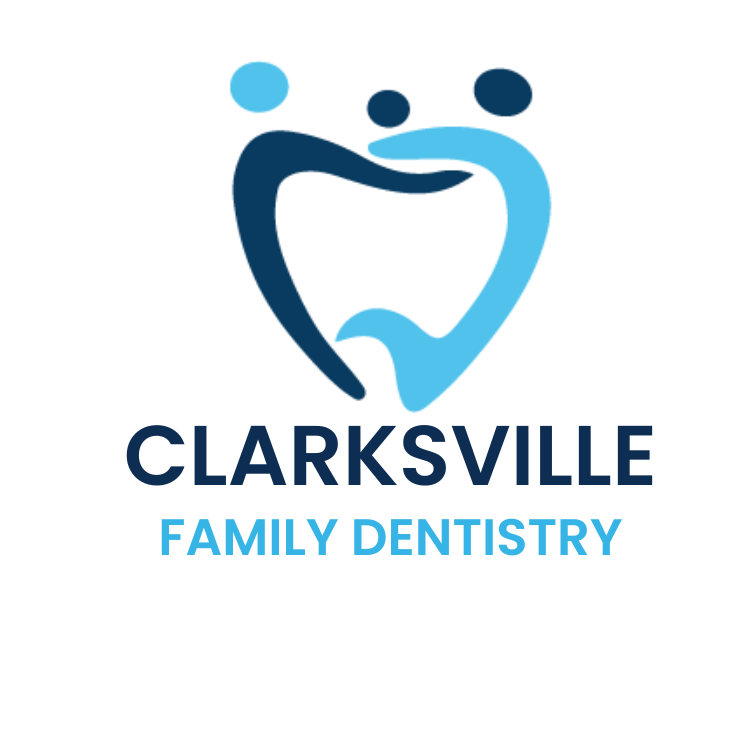
Reasons Why Your Bite Can Shift
The subtlest changes in your smile or teeth alignment could signify a shift in your bite, a condition known as malocclusion. This issue, stemming from crooked or crowded teeth and misalignment between upper and lower dental arches, can lead to a spectrum of challenges, including speech impediments, breathing difficulties, facial alterations, bruxism, and chewing problems. Beyond aesthetics, a well-aligned bite plays a pivotal role in efficient teeth cleaning and mitigates risks of tooth decay, gingivitis, and other oral health issues.
Causes of Malocclusion
Malocclusion, or bite shifts, can arise from diverse factors across all age groups. While impeccable oral care and regular dental visits can prevent some issues, others necessitate advanced interventions. Common causes include:
- Age: As you age, facial features may change, exerting external pressure on teeth and resulting in bite alterations.
- Tooth Loss: Whether due to trauma, decay, or gum disease, tooth loss can prompt neighboring teeth to shift, disrupting the bite’s harmony.
- Periodontal Disease: Advancing from gingivitis to periodontitis, gum disease can induce gum shrinkage and bone loss, exacerbating tooth misalignment.
- Genetics: Inherited traits and genetic disorders like cleft lip or palate can predispose individuals to malocclusion.
- Injury or Trauma: Particularly prevalent among children and young adults, traumatic dental injuries can inflict various issues, including bite misalignment.
- TMJ Disorders: Jaw misalignment, a common culprit in temporomandibular joint disorders (TMD), can trigger dental woes, as well as shoulder and back pain.
Corrective Measures for Misaligned Teeth
While diligent oral hygiene mitigates symptoms of misaligned teeth, additional interventions may be necessary. These include:
- Traditional Braces: Employing metal brackets and archwires, traditional braces gradually realign teeth under the orthodontist’s supervision.
- Clear Aligners: Offering a discreet alternative, clear aligners incrementally shift teeth into position, catering to various alignment issues.
- Retainers: Following orthodontic treatment, retainers preserve alignment gains, custom-fit to individual needs.
Identifying Bite Changes
Detecting malocclusion symptoms, ranging from mild to severe, is pivotal in timely intervention. Signs include altered facial appearance, frequent biting of the tongue or inner cheek, chewing discomfort, and speech impediments. A clench test, involving firm bites and gentle grinding, can highlight bite irregularities, warranting professional assessment.
Consulting Your Dental Professional
Proactive measures and regular dental visits are pivotal in managing and preventing malocclusion. Early symptom identification enables tailored treatment plans, aligning with budget and lifestyle. For cases necessitating surgical intervention, competent maxillofacial surgeons are essential partners in restoring optimal oral health and function.
